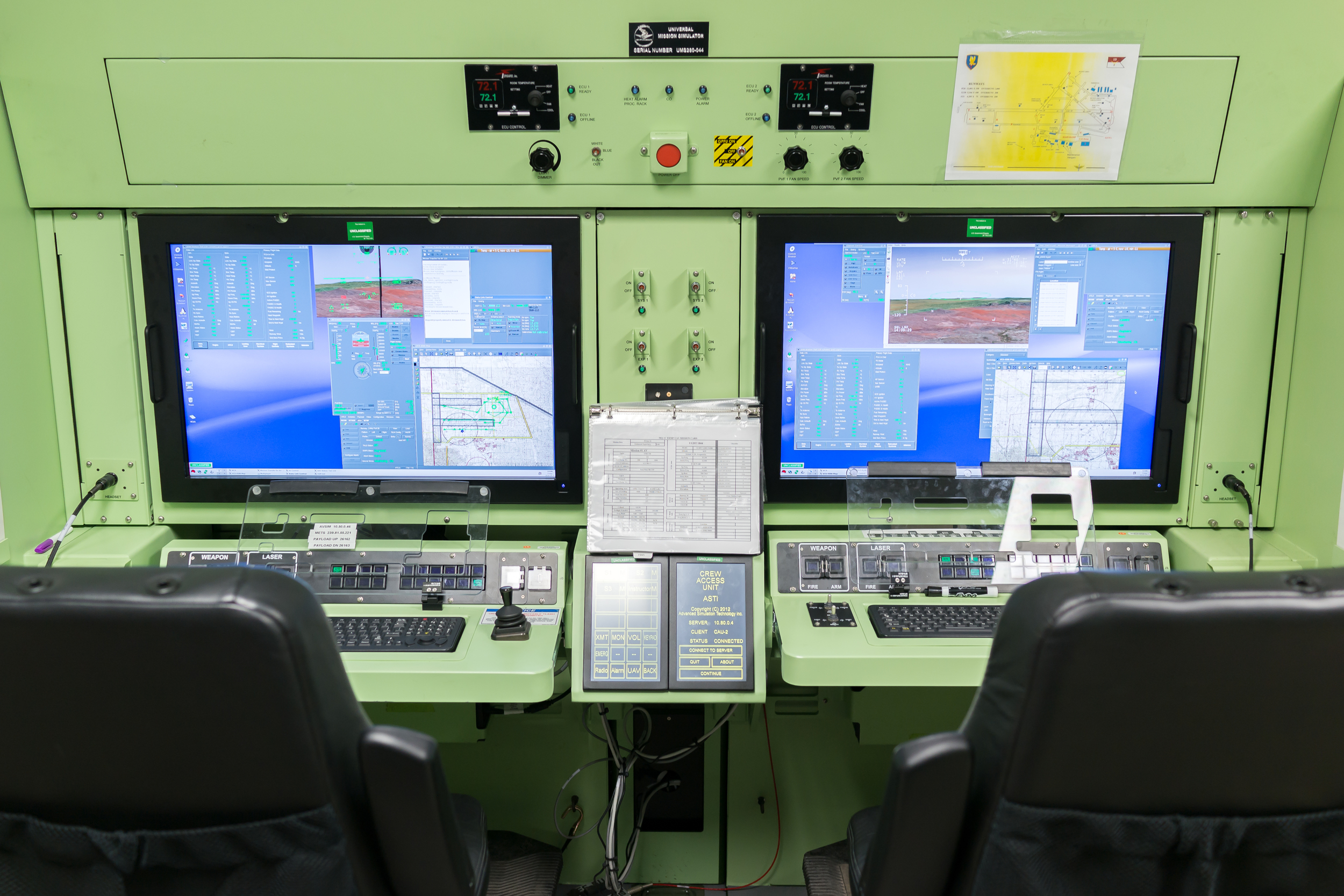I was lucky enough to visit fort Huachuca, which was a really interesting and unique experience to be part of. Special thanks to Hilary Mushkin for letting me tag along on the trip.
For those of you who don’t know Fort Huachuca is located in southern Arizona, about 15 miles north of the U.S. border with Mexico. It houses the U.S. Army Intelligence center and the U.S. Army Network Enterprise Technology Command (NETCOM)/9th Army Signal Command. Fort Huachuca is also the headquarters of Army Military Affiliate Radio System (MARS) and the Joint Interoperability Test Command (JITC) and the Electronic Proving Ground (EPG).
The base has nearly 18,000 people working on it, making it one of the busiest army installations in the country. The workers are a mix of active duty soldiers and civilian employees.
Of particular importance to our group during the trip was the bases key role in training soldiers in the use of drones, or Unmanned Aerial Systems as the designation the military prefers. Students train to use a variety of UAS platforms, but our tour focused primary on the grey eagle platform.
The MQ-1C grey eagle is the successor to the well-known MQ-1 Predator UAS produced by General Atomics. It is designed as a medium altitude, long endurance UAS. The system is able to operate for up to 48 hours before needing to refuel and can be outfitted with a range of surveillance sensors. It also has four hard points for loading weapons onto, most commonly the AGM-114 hellfire missile system.
One of points that the instructors really wanted to get across in our time learning about the platform was the intense amount of training that is required before soldiers are allowed to operate the system. They also drove home the point operators of the Grey Eagles in the Army are part of a deployed platoon and operate at a Forward Operating Base as opposed to a facility here in the states. One of the main reasons for this is cost. Maintaining a satellite uplink costs nearly $10,000 per hour per system in use. Using a Line of Sight data link instead of a satellite uplink also reduces input and signal lag.
Another point they wanted to get across was that while the system is operated by a 3 man team, there is a support infrastructure behind them of image analysts. These image analysts are commonly referred to as Golfs, a reference to their 35G designation. These analysts learn to interpret the data from the camera feeds of the UAS and decide what exactly it is that the UAS is looking at.
After being able to hear from a variety of instructors, image analysts, pilots, and commanders about the Grey Eagle system we were able to actually sit down in the training simulators and take command of a virtual UAS in a mock combat environment.
I was lucky enough to be in the position of the actual pilot of the UAS, as opposed to the payload operator, meaning that I was in charge of both piloting the digital aircraft and our weapon systems. The biggest thing that struck me about the grey eagle is how easy it was to operate. Takeoff and landing are as easy as pushing a button and actually flying the craft is very similar to operating one of today’s widely available commercial quadrotors. You basically set up a waypoint map on the screen and tell the UAS to follow the points on the map. One of the instructors noted that it was so easy to fly that he had even had his daughters, both not even old enough to be considered teenagers, operate the simulators without any problems.
As I was piloting our simulated aircraft, raining pixelated hell onto lo-res sprites of enemy combatants, it was hard not to notice the degree of abstraction that actual operators must experience. Even in a simulation that is meant to mimic real world conditions as closely as possible you never get the feeling that you are looking at actual people. What you see is a small white humanoid blob that is enveloped in a white cloud upon impact and then ceases to be. Admittedly yes this was a simulation, but it was hard to shake the feeling that despite the intense amount of training and the large support network in place that is used before making decisions on how to engage targets it would be easy to simply place aside the fact that you are firing on people, not pixels.
While I feel it is an important conversation to have, I don’t want to dwell too much on the ethicality of UAS use in warfare.
After the simulations we got to take a look at the actual aircraft. I think the biggest thing that most people were surprised by was the size of the UAS. They are not small by any means, being nearly 28 ft. long and with a 56 ft. wingspan they are about the same size as a Cessna. The aircraft themselves are gorgeous and it was a joy to look at every inch of the platform.
Unfortunately due to high winds that day we were unable to witness the aircraft in action. This did however afford us the freedom to take a look at the actual ground control modules that were to be used that day. Of particular note was how well the GCM's served to isolate you from the world. Once the door shut, the outside world could have ceased to exist and you could be allowed to focus solely on the mission at hand.
In closing I’d like to once again express my gratitude for the opportunity to take a look at the Grey Eagle UAS and getting to meet the men and women in charge of training soldiers, operating aircraft, interpreting data, and commanding people behind it.














